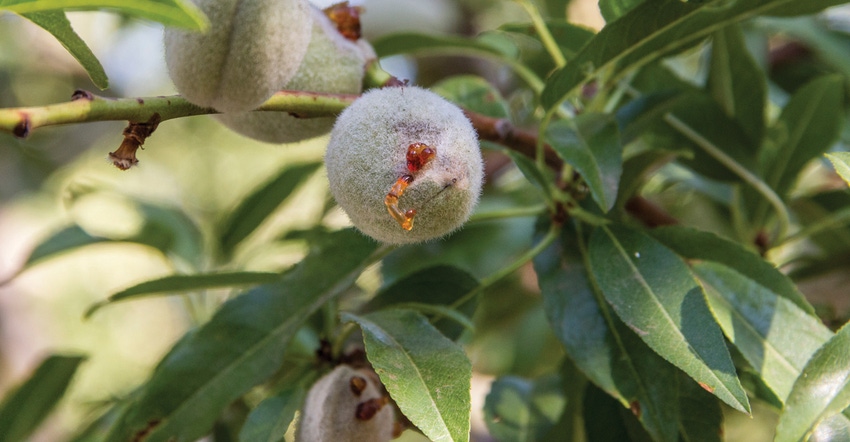
California registration for a new fungicide by BASF was recently approved. Authorization by the Department of Pesticide Regulation (DPR) allows Cevya to be used on cucurbits, fruiting, and root vegetables, except sugar beets.
It is said to deliver strong disease control in host of commonly grown crops against powdery mildews, Phomopsis, Alternaria leaf spot and leaf blight, Cercospora leaf spot, black mold, early blight, Gummy stem blight and Anthracnose.
It comes at an opportune time for San Joaquin Valley growers dealing with mildew and bunch rot, according to Kevin Caffrey, technical specialist with BASF.
Cevya is a Group 3 fungicide that works well in rotation with Pristine, a Group 7 and 11 fungicide by BASF. Cevya is said to provide long-lasting residual control under a variety of weather conditions.
BASF boasts that its active ingredient was the first DeMethylation Inhibitor (DMI) to receive reduced risk classification by the US Environmental Protection Agency. This comes at a time when other DMI fungicide registrations are being withdrawn.
It is the first and only isopropanol-azol on the market, making it a strong resistance management tool, according to a company statement.
Caffrey said disease pressure has been high in a host of crops across the San Joaquin Valley, Alternaria is heavy in almonds, particularly from Fresno County, south. Significant rain in April is likely the cause, he said.
Other stressors in almonds include heat. The combination of disease and temperature stress has led to defoliation. As trees try to create new leaves in summer, they can impact crop set for next year’s crop. Almond growers with heavy disease pressure and defoliation could see successive years of reduced yield as the trees focus on pushing new leaves and not setting buds for next year’s crop.
About the Author(s)
You May Also Like






